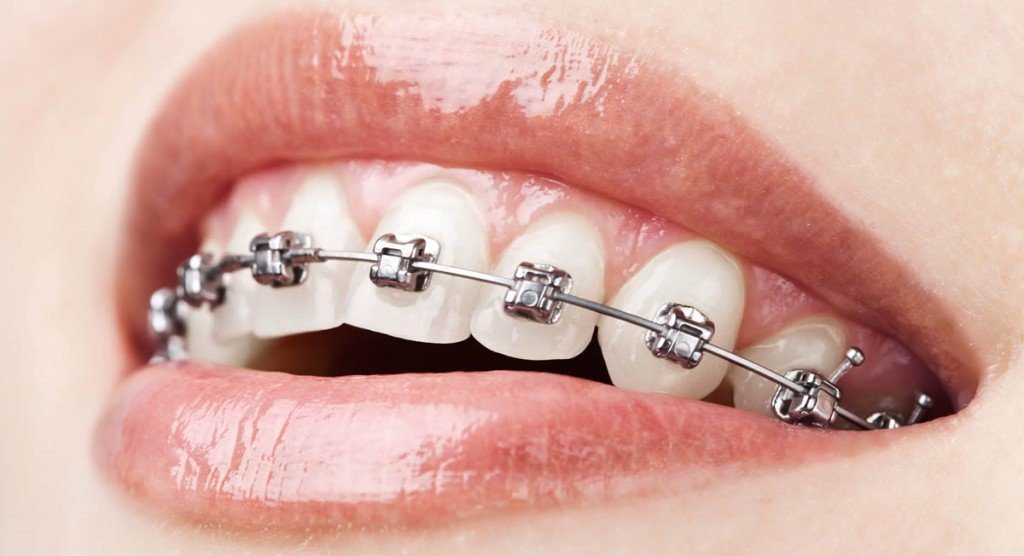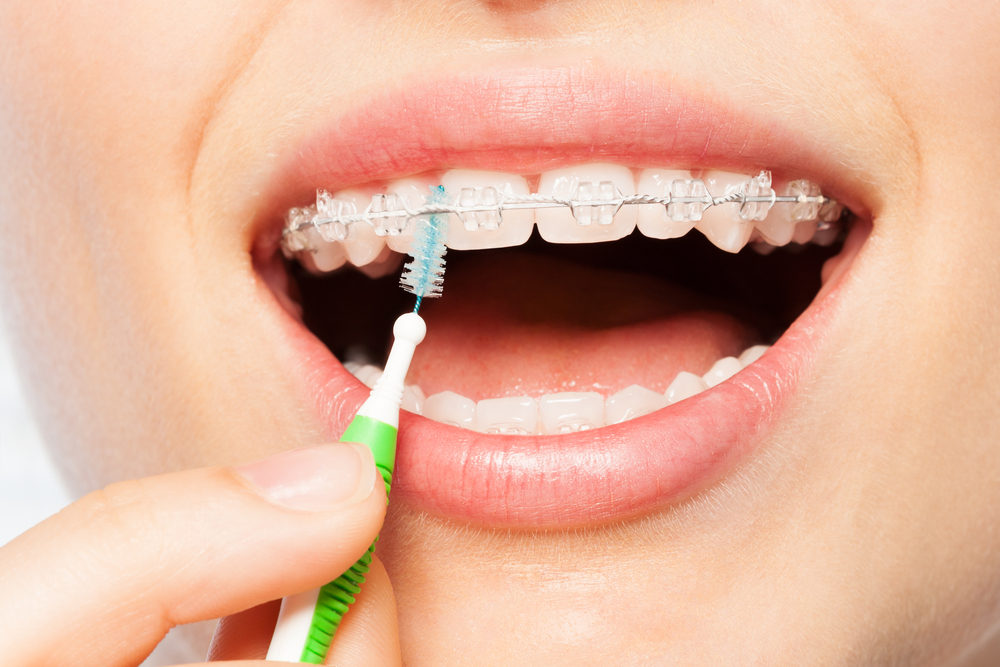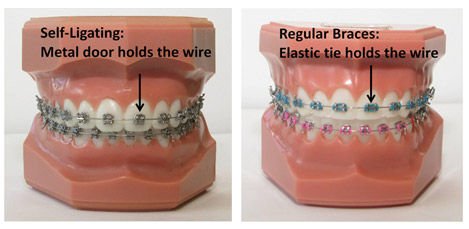Braces for Teeth
Orthodontics
It is a branch of dentistry that deals with the prevention and correction of teeth that are improperly aligned in the mouth to improve a person’s smile and health.
It also focuses on modifying facial growth also called dentofacial orthopedics.
What are improperly aligned teeth?
Teeth that are too forwardly protruding
Crowding or zig-zag alignment of teeth in the mouth
Lower front teeth bite too much into upper front teeth leading to no visibility of lower teeth.
Upper and lower front or back teeth do not touch each other completely closing the mouth.
Gummy smile
Gaps between teeth.
The devices that are used to correct these abnormalities are called braces.
Benefits of orthodontic treatment?
Improved esthetics that will give u a beautiful smile, greater confidence, and reassurance in your appearance.
Comfort and ease of chewing as upper and lower teeth join together better.
No more tooth grinding or clenching that would cause soreness in the jaw.
Improved gum health after realignment.
BRACES
These are wire-based devices that are used for realignment/straightening of teeth/closing gaps between teeth.
How do braces work?
These devices are used to generate a controlled force within the mouth to move the teeth to the desired position that will improve the overall appearance and also the health of the remaining teeth in the oral cavity.
What are they made of?
Metal
Ceramic
Metal Braces
The most common type of braces you have heard of and are familiar with.
They’re made up of high-grade stainless steel and are simple, effective, and produce optimal results.
Apart from the metal bracket, it also consists of a metal wire, elastic bands, and ligatures.
What is a bracket?
Small metal fixtures are attached to the surface of your teeth.
They carry the metal wire and the remaining attachments that are used to move your teeth.
Pros:
Metal braces are the least expensive.
Cons:
They are the most noticeable of all types of braces.
Ceramic Braces
The brackets are made of translucent material, which is less noticeable and more esthetic. Some come with tooth-colored wires as well, which makes them even more camouflaging.
Pros:
They are less visible than metal braces.
They cost higher than metal braces but are much lesser than completely invisible braces
They don’t interfere with making X-rays. (Metal braces are visible on X-ray).
Cons:
They are more expensive than metal braces but are cheaper than completely invisible braces.
Self-ligating System
It’s a variation of the traditional braces where elastics are not used.
Costs more than traditional braces but is packed with advantages.
The design of the bracket is different to give it the following advantages over traditional braces:
Shorter treatment time due to faster tooth movement.
Allow longer intervals between appointments.
Lesser visits to your dentist.
Less need for extraction of a few teeth
Less discomfort from braces
Lingual braces
Lingual braces are exactly the same as the conventional braces that are placed on the visible surfaces of your teeth and have the same components as conventional braces but they are fixed onto the back surface of your upper and lower teeth ie, palate side of upper teeth and tongue side of lower teeth.
Because they’re behind your teeth, they’re nearly invisible.
Pros
Not visible so more esthetic compared to conventional braces.
Cons
Brackets may dislodge more frequently
Speech difficulty until you adjust to the braces as the tongue touches the braces during speech and other movements.
Invisible Braces
The invisible orthodontic treatment option is gaining popularity especially among Working professionals, teenagers, the adult population, or anyone who is conscious of their appearance during the treatment and doesn’t want to draw any attention towards dental treatments in their mouth.
Invisible braces (Invisalign / clear aligners) use innovative technology and approach to gently and effectively straighten your teeth through a series of custom-made removable appliances that are made from impressions taken from your mouth or an intraoral scan of your teeth.
Who can get invisible braces?
Patients with
Generalized Gaps between teeth
Midline gap between teeth
Crossbites
Crowding of teeth
Deep bites
Underbites
Advantages:
Invisible
Comfortable
No food restrictions
Easy oral hygiene Maintainance.
Least number of visits to the dentist
Difference Between Normal And Invisible Braces
| Normal braces | Invisible braces |
| Unaesthetic as components are visible | Barely visible, most esthetic |
| Non-removable, therefore difficult to maintain oral hygiene | Removable- oral hygiene maintenance is easy |
| Dietary restrictions are more | No dietary restrictions |
| More number of visits to the clinic | Least number of visits to the clinic |





Comments
Post a Comment